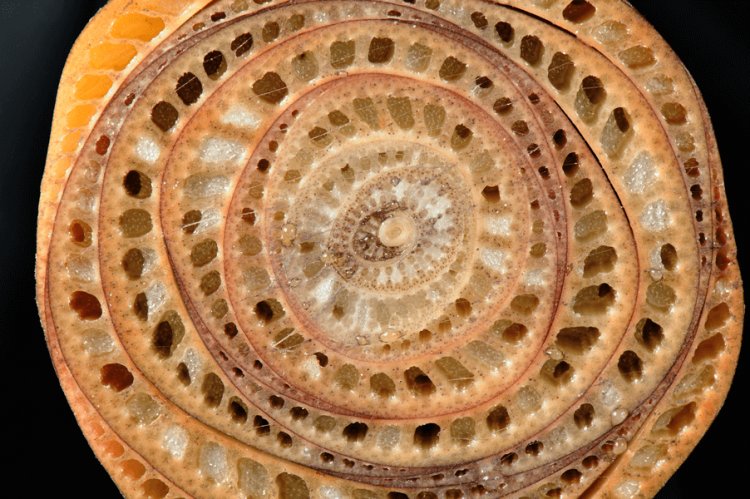What makes a tree a tree?

If one is pressed to describe what makes a tree a tree, long life is right up there with wood and height. While many plants have a predictably limited life span (what scientists call “programmed senescence”), trees don’t, and many persist for centuries. In fact, that trait — indefinite growth — could be science’s tidiest demarcation of treeness, even more than woodiness. Yet it’s only helpful to a point. We think we know what trees are, but they slip through the fingers when we try to define them.
Trees don’t cluster into one clear group: They emerge in multiple lineages and have adopted multiple strategies to become what they are. Take longevity. A classic example of the Methuselah-ness of trees is the current record-holder, a 5,067-year-old great bristlecone pine that grows high in the White Mountains of California. (That tree was almost 500 years old when the first pyramids were built in Egypt.) Scientists speculate that the hardy bristlecones owe their endurance largely to location: They avoid fires that sweep through lower elevations and pests that can’t stomach the harsh terrain of the subalpine zone. The giant sequoias, a short way down the mountains from the bristlecones, take an entirely different longevity tack. These beasts — their trunks can be more than 30 feet across — live thousands of years, fighting fire and pestilence with thick, resistant bark and plentiful in-house repellent compounds.